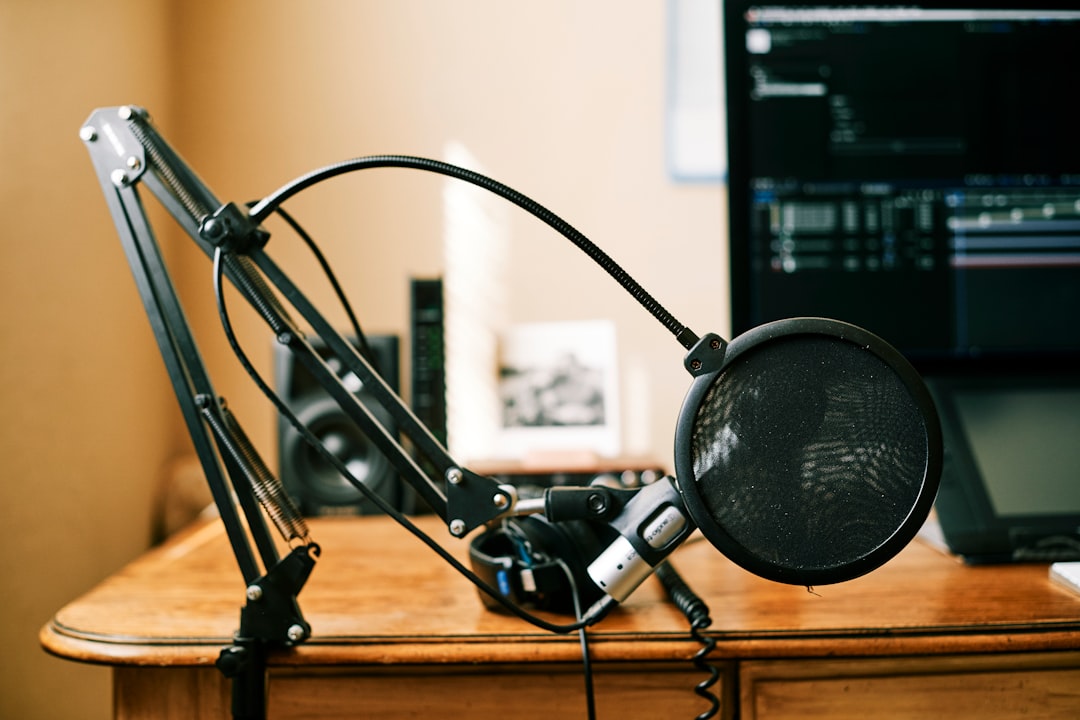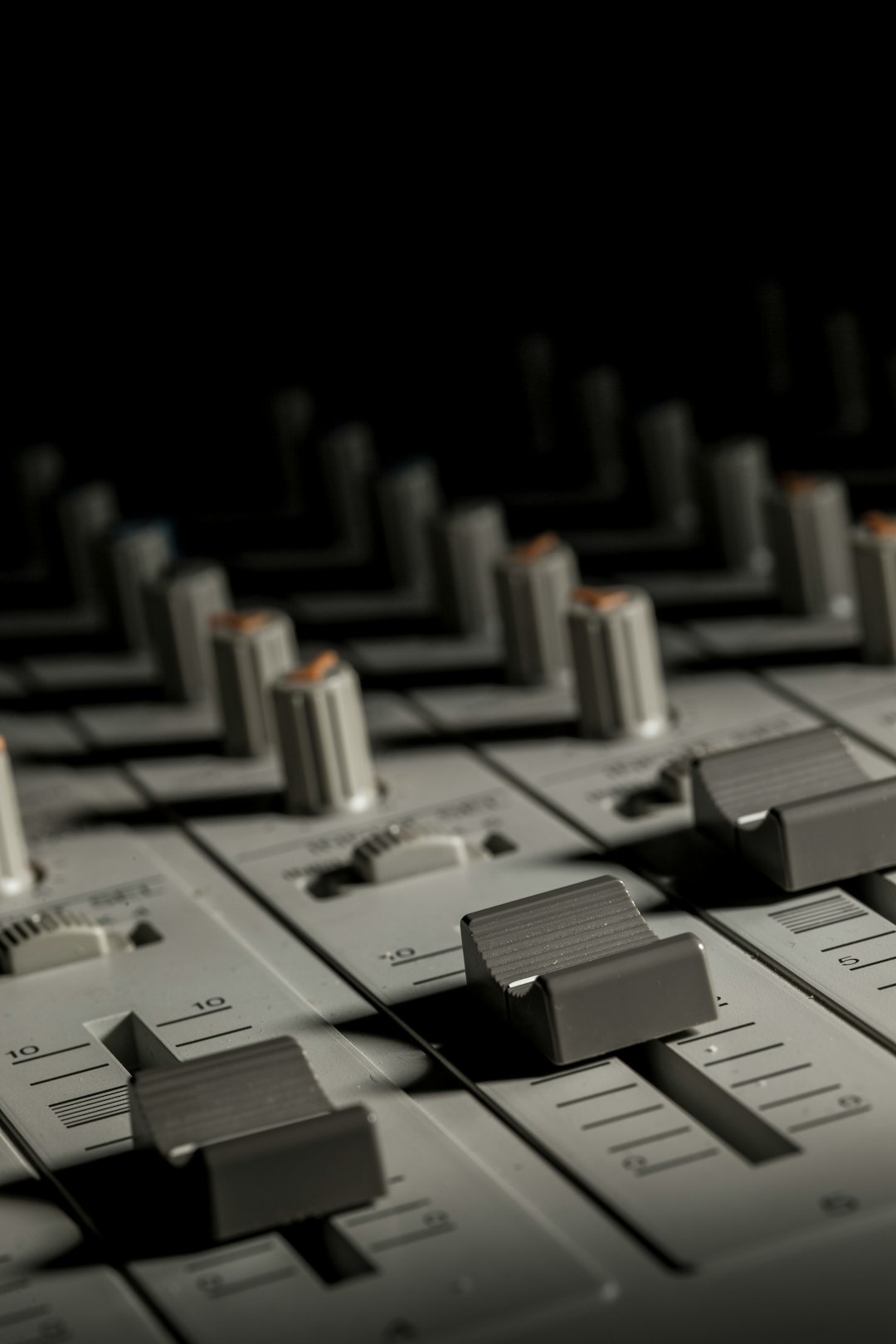Autotune has become an essential tool in modern music production, allowing artists to correct pitch, experiment with vocal effects, and achieve polished, professional results. While more advanced digital audio workstations (DAWs) often come with built-in pitch correction, many users still rely on Audacity—a free, open-source audio editor—for recording and editing. Unfortunately, Audacity doesn’t come with an autotune feature out of the box. However, with the right plugin and setup, you can seamlessly integrate autotune into your Audacity workflow.
What is the Best Autotune Plugin for Audacity?
The most recommended autotune plugin that works with Audacity is GSnap by GVST. It’s a free Windows-compatible VST plugin that enables real-time pitch correction. GSnap offers a range of configuration options that allow users to fine-tune performance, from subtle pitch correction to robotic transformations.
For macOS and Linux users, options are more limited, but plugins like MAutoPitch by MeldaProduction provide a similar experience and may be used with some extra configuration.
How to Add an Autotune Plugin to Audacity
Before using any third-party plugin, ensure that you have the latest version of Audacity and that it’s properly configured to recognize VST plugins.
Step-by-Step Installation Guide:
-
Download the Plugin
Visit the official GVST website and download the GSnap plugin. Make sure to choose the correct version based on your operating system. -
Extract and Install
Once downloaded, extract the contents of the ZIP file and copy the.dll(for Windows) file into Audacity’s plugin folder. This is typically located under:
C:\Program Files (x86)\Audacity\Plug-Ins -
Enable the Plugin in Audacity
Open Audacity, go to Effect > Add/Remove Plug-ins, locate GSnap in the list, and click Enable, then press OK.

How to Use GSnap Autotune in Audacity
Once the GSnap plugin is enabled, you can begin to autotune your audio within Audacity. Here’s how you can use it:
Step-by-Step Usage Guide:
-
Record or Import Audio
Record a vocal track directly into Audacity or import an existing file using File > Import > Audio. -
Select the Track
Highlight the part of the track you wish to autotune. -
Apply GSnap
Go to Effect > GSnap and the configuration window will appear. -
Adjust Settings
Use the following basic settings for moderate pitch correction:- Min Freq: 80 Hz
- Max Freq: 2000 Hz
- Gate: -40 dB
- Speed: 1 (higher for robotic effects)
- Amount: 100%
You can set the Key of your song by using the appropriate scale from the plugin menu.
-
Preview and Apply
Hit the preview button to test the effect. If you’re satisfied, click OK to apply the changes.

Tips for Best Results
- Know the Key: Accurate pitch correction relies on correct key selection. Use a piano or online tool to determine the key of your vocal line or backing track.
- Selective Application: Don’t autotune your entire track blindly. Use selective portions—especially parts that stand out vocally.
- Experiment with Settings: Different vocal styles require different configurations. Try soft tuning for natural pitches and hard tuning for stylistic effects.
- Use a Spectrogram: Audacity’s spectrogram view can help visualize pitch inconsistencies.
Alternatives to GSnap
GSnap is a robust plugin, but other options might better suit your workflow:
- MAutoPitch: Free alternative for macOS and Windows with a sleek interface and stereo processing support.
- TAL-Vocoder: Though mainly a vocoder, it can be creatively adapted for autotune-like effects.
Final Thoughts
Adding autotune to Audacity isn’t as straightforward as on premium DAWs, but with the right tools like GSnap, it’s entirely achievable—and surprisingly powerful. Whether you’re aiming for pitch-perfect vocals or creative vocal effects, GSnap offers the flexibility and control needed for ambitious audio projects.
While you may need to spend some time learning how to fine-tune the settings, the results are well worth the effort. For podcasters, aspiring singers, and hobbyist producers, mastering these tools can significantly upgrade the quality of your content production—without spending a dime.



